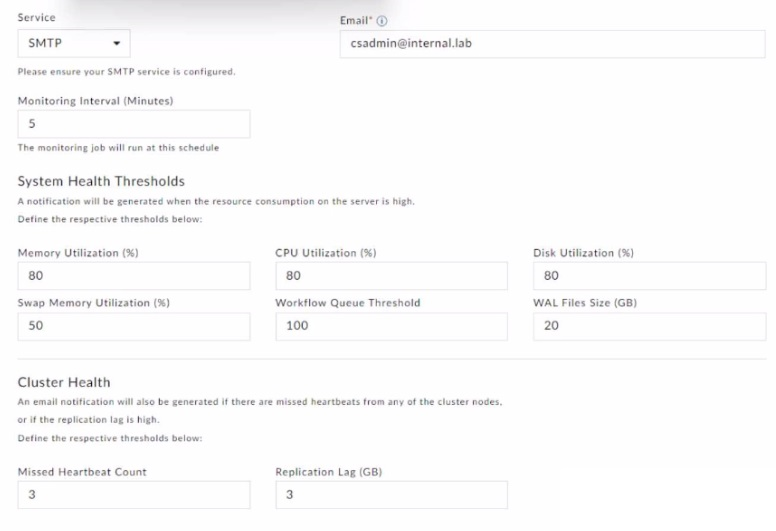Most Recent Fortinet NSE6_FSR-7.3 Exam Dumps
Prepare for the Fortinet NSE 6 - FortiSOAR 7.3 Administrator exam with our extensive collection of questions and answers. These practice Q&A are updated according to the latest syllabus, providing you with the tools needed to review and test your knowledge.
QA4Exam focus on the latest syllabus and exam objectives, our practice Q&A are designed to help you identify key topics and solidify your understanding. By focusing on the core curriculum, These Questions & Answers helps you cover all the essential topics, ensuring you're well-prepared for every section of the exam. Each question comes with a detailed explanation, offering valuable insights and helping you to learn from your mistakes. Whether you're looking to assess your progress or dive deeper into complex topics, our updated Q&A will provide the support you need to confidently approach the Fortinet NSE6_FSR-7.3 exam and achieve success.
The questions for NSE6_FSR-7.3 were last updated on May 3, 2025.
- Viewing page 1 out of 8 pages.
- Viewing questions 1-5 out of 39 questions
Which two relationship types are configurable on FortiSOAR?
(Choose two.)
When configuring an HA cluster with an externalized PostgreSQL database, which two tiles on the database server need to be configured to trust all FortiSOAR nodes' incoming connections? (Choose two.)
In a FortiSOAR High Availability (HA) cluster setup with an externalized PostgreSQL database, it is necessary to configure the database server to allow incoming connections from all FortiSOAR nodes. This configuration involves modifying the pg_hba.conf file to set up host-based authentication and control which IP addresses can connect. The postgresql.conf file must also be adjusted to enable listening on all necessary IP addresses, which is critical for FortiSOAR nodes to connect to the database server securely and reliably. Together, these configurations ensure that all FortiSOAR nodes can access the database, facilitating effective HA functionality.
Which playbook collection includes system-level playbooks that FortiSOAR uses to auto-populate date fields when the status of incident or alert records changes to Resolved or Closed?
The SLA Management Playbooks collection in FortiSOAR includes system-level playbooks designed to auto-populate date fields when the status of incident or alert records changes to Resolved or Closed. This functionality ensures that relevant date fields, such as resolution date or closure date, are accurately filled based on SLA criteria. By using SLA Management Playbooks, FortiSOAR automatically maintains date-related data integrity, which is essential for tracking and reporting purposes.
Refer to the exhibit.

How long after the syops-ha service goes down will the heartbeat missed notification be sent to the administrator?
In FortiSOAR's high availability (HA) setup, if the cyops-ha service becomes unresponsive, the system is configured to send a 'heartbeat missed' notification after a specified period, which in this case is 60 minutes. This delay allows for transient issues to be resolved without triggering immediate alerts, while also ensuring that administrators are informed of prolonged service disruptions. Timely notifications about the cyops-ha service's status help maintain the reliability and responsiveness of the HA environment.
When configuring the system proxy on FortiSOAR. which two URLs should be accessible from the proxy server? (Choose two.)
When configuring the system proxy for FortiSOAR, it is essential to ensure connectivity to certain URLs to maintain system updates and licensing. For FortiSOAR, access to https://iepo.fortisoar.fortinet.com is required for incident enrichment and analysis, while https://globalupdate.fortinet.net is necessary for global updates to keep the system up-to-date with the latest threat information. These connections allow FortiSOAR to communicate with Fortinet's servers to fetch updated threat intelligence and system updates, which are critical for the operational effectiveness of FortiSOAR.
Unlock All Questions for Fortinet NSE6_FSR-7.3 Exam
Full Exam Access, Actual Exam Questions, Validated Answers, Anytime Anywhere, No Download Limits, No Practice Limits
Get All 39 Questions & Answers